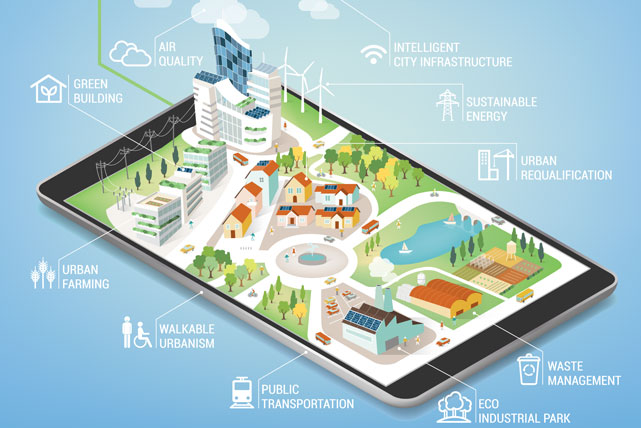The Mediatisation of Urban Development Planning and Changes to the Public Sphere (MedPlan)
Research department: Economy and Civil Society Contemporary History and Archive
Project Leader within IRS: Prof. Dr. Gabriela Christmann Prof. Dr. Christoph Bernhardt
Project Team: Dr. Ajit Singh
Consortium: Leibniz Institute for Research on Society and Space (Coordination) Technische Universität Berlin (Prof. Jörg Stollmann)
Funding Organization: Leibniz-Gemeinschaft
Duration: 04/2017 - 06/2020
The third-party funded, cross-departmental 'MedPlan' research project examines how new media is changing urban development planning. IRS scholars combine approaches from communication and planning studies with a historical perspective on the mediatisation of 20th century urban planning. In addition, the 'MedPlan' project tests a new format for promoting young researchers.The integration of 'new' media into urban development planning can be traced far back in history. Examples include the introduction of new planning models in 1910 and exhibition formats after 1945. In recent years, we have witnessed a rapid acceleration of such developments. Modern information and communications technologies are changing planning processes, from the way plans are devised to the means whereby citizens participate in planning. In 2015, Germany's Federal Ministry of Transport and Digital Infrastructure even published a brochure entitled 'Digitally mediated planning and construction' (Stufenplan Digitales Planen und Bauen), underscoring the importance of digital media for planning processes.
The "MedPlan" project conceptualises these phenomena as instances of "mediatisation", i.e. new media shaping communication processes. Planning processes and new media influence each other. On the one hand, planners deliberately instrumentalise media. On the other, new technologies shape communication processes in such a profound manner that an inquiry into the way in which they affect planning processes is warranted. For instance, how does online participation in planning processes change society's view on planning? In what sense do new technologies affect the spatial design of cities? And is it possible to derive lessons from previous mediatisation processes in urban planning for contemporary urban planning?
This interdisciplinary project brings together scholars from the institute's "Dynamics of Communication, Knowledge and Spatial Development" research department and the 'Department for Historical Research', combining expertise from the field of sociology of communication, planning studies and planning history. Moreover, the MedPlan project offers an innovative format for promoting junior researchers: it brings together a postdoctoral researcher and two doctoral candidates in a small working group to conduct practice-oriented basic research. Postdoctoral researchers have a unique role in leading such working groups, matching their respective academic career choices. Academic tutors from the IRS (Prof. Dr. Gabriela Christmann, PD Dr. Christoph Bernhardt) and the Technische Universität Berlin (Prof. Dr. Jörg Stollmann) also participate in the project.
In addition, three highly esteemed experts from Great Britain and the US, as well as three practitioners from the field of public administration and planning, are affiliated with the project. Junior researchers are afforded an opportunity to gain in-depth experience engaging in inter- and transdisciplinary practice-oriented basic research according to their various academic career plans. They also benefit from networking with international academics and practitioners, gain project management, team leadership and teaching skills, as well as experience in writing third-party funding applications.The MedPlan project is supported by the Leibniz Association's initiative to promote junior researchers in the context of its SAW programme. The project has a duration of three years.


